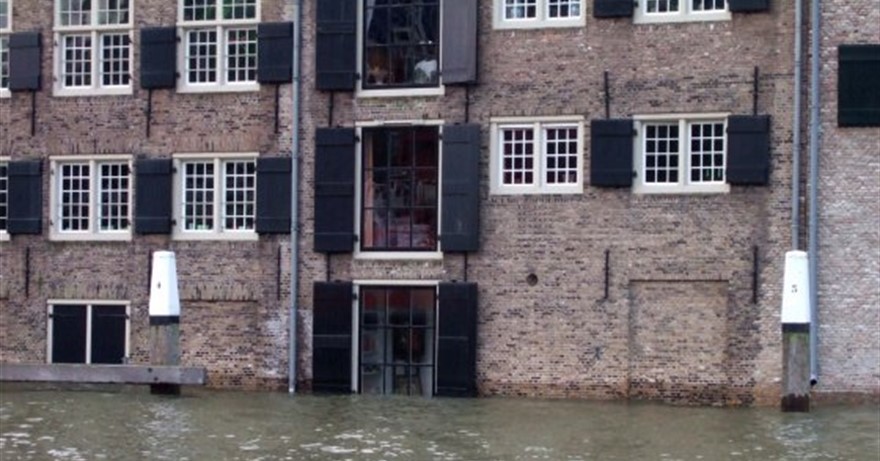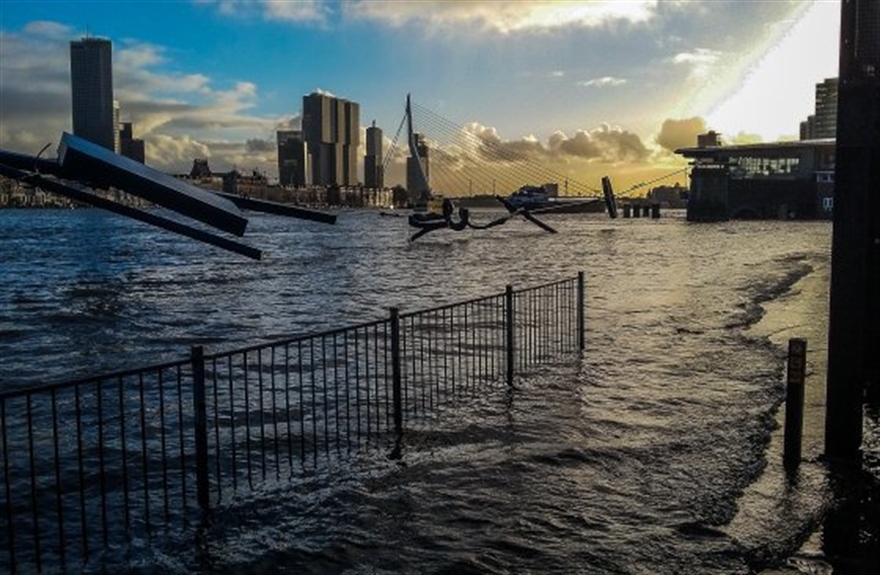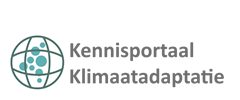Impact Project Adaptation Agenda for the areas lying outside the dykes in Dordrecht and Rotterdam
People that live and work outside dykes are not protected by those dykes. They are often unaware that they live where they do at their own risk, and that any material damage or loss resulting from flooding will be borne by them alone. This is the case in the Historical Harbour Area in Dordrecht and in Noordereiland in Rotterdam, both of which lie outside the protection of dykes.
The Rhine Estuary-Drechtsteden region, which both locations are a part of, has many areas lying outside the protection of dykes. The preferential strategy of the Delta Programme for Rhine Estuary-Drechtsteden (DPRD) sets out that a strategic adaptation agenda will be drawn up for the flood risk management tasking in this area outside the dykes. This will feature actions that are necessary to safeguard the flood protection of these areas, including in the (distant) future. One of the actions is the improvement of communication between the municipal authorities and the residents living in the areas lying outside the dyke. Residents should be well-informed about the risk of flooding, the possible consequences of flooding, and the measures that they can take to prevent or limit material damage or loss. It is the responsibility of the local authorities to inform the residents about this. The Impact Project Adaptation Agenda for the areas lying outside the dykes in Dordrecht and Rotterdam gives substance to this role for the pilot project areas in the Historical Harbour Area in Dordrecht and the Noordereiland in Rotterdam.

Photo: flooding in Dordrecht
Source: Municipality of Dordrecht

Photo: flooding in Rotterdam
Source: Municipality of Rotterdam
Results
Between November 2015 and September 2016, the collaboration partners within the Rhine Estuary-Drechtsteden region worked on a communication approach within an interactive project. In building block sessions held with involved policy and communication advisors, the local situation, the current work method and the communication needs within the municipalities of Rotterdam and Dordrecht were explored. This led to practical recommendations and three applicable categories with communication building blocks:
- Building blocks to “get one’s own house in order” (preconditions for good communication)
- Appropriate communication messages
- Appropriate communication means
The recommendations and building blocks are also applicable for other municipalities with areas lying outside the dykes and are summarised in the report Impact Project Adaptation Agenda for the areas lying outside the dykes in Dordrecht and Rotterdam – Communication approach to flooding outside the dykes (see download [in Dutch] - PDF).
The project has given direction to communication about flooding in areas lying outside the dykes in Dordrecht and Rotterdam. The aim here was to ensure that residents have the most important information. There are sufficient suitable means of communication that can be used during the so-called “cold phase”, when nothing yet is happening. This communication is aimed at awareness-raising. For the “warm phase”, when real action is necessary, the municipalities want to develop location-specific means of communication. The municipalities will also use the coming period to further develop thematic messages about matters such as the interaction between flooding and ground water.
Contact person
Paul Bezemer
Gemeente Dordrecht
+31(0)78 - 770 4831
P.Bezemer@dordrecht.nl
